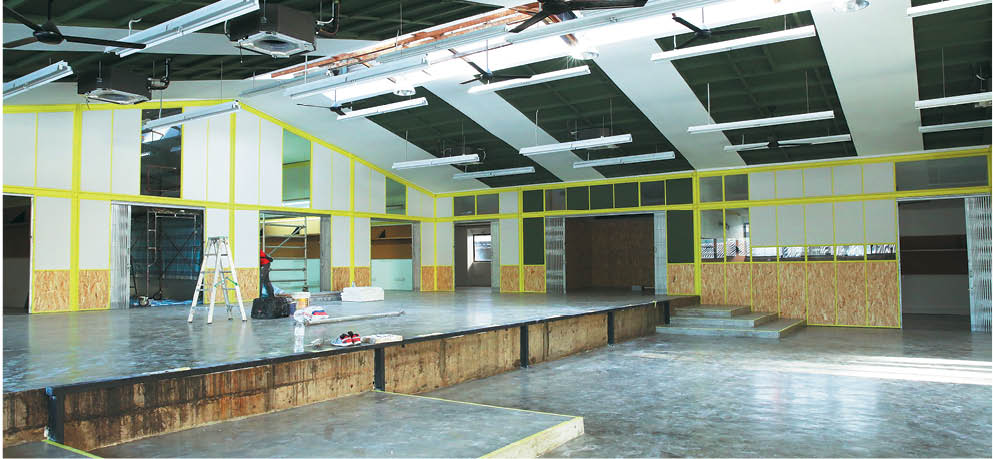
WHILE he is no architect, Ee Soon Wei is no stranger to the practice of adaptive reuse. In 2012, the 36-year-old spearheaded the transformation of The Royal Press, his family’s printing press business in Melaka, in a bid to preserve the family legacy and revive the dying art of the letterpress.
Over the past two years, The Royal Press’ headquarters — a Dutch colonial building within the Jonker Street heritage zone — has been undergoing restoration works to prepare the building structurally for its new role as a living polyglot letterpress museum.
 Meanwhile, Ee has also been busy with adaptive reuse projects, Art Printing Works (APW), which involves renovating his family’s printing press factory in Bangsar into his vision of a “creative campus”.
Meanwhile, Ee has also been busy with adaptive reuse projects, Art Printing Works (APW), which involves renovating his family’s printing press factory in Bangsar into his vision of a “creative campus”.
The 64-year-old APW printing facility was operating at a loss with 70 employees working there. The building’s 70,000 sq ft of factory space was also largely underutilised.
Ee decided to turn the industrial space on its head and reposition APW as a content incubator, which would include a co-working space Uppercase, F&B retail hub Paper Plates, a pocket park and event spaces alongside a print production area.
“We want APW to accelerate the creative economy with incubation of all things art, tech and design. I am looking at trends of spaces and the term ‘connection economy’ comes to mind — how people are converging to activate a space. We see the spirit of collaboration and fostering of partnerships, a young target audience at work seeking to explore possibilities,” he says.
 Ee adds that APW is contributing to urban regeneration by creating a legacy of sustainability among the people who spend their time there. “How a person’s mind has been shaped to think, and what motivates him in future projects will play a role (in urban regeneration),” he explains.
Ee adds that APW is contributing to urban regeneration by creating a legacy of sustainability among the people who spend their time there. “How a person’s mind has been shaped to think, and what motivates him in future projects will play a role (in urban regeneration),” he explains.
Ee believes that to depict trends, listening is important — not just to people but also to the space. He credits his overall vision for APW to the architectural practice of genius loci or “spirit of place”, which refers to the intangible values and cultural essence that give a physical site its distinctive character and soul.
“Our key consideration was retaining the soul of the space. I believe in the narrative and that the spirit of the place should live on. The architects we engaged — Studio Bikin, Studio Cocokacang and POW Ideas — had to be patient with our limitations and work around our resources,” he says.
Ee explains that most of the shape and form of the building’s structure was maintained, particularly the industrial feel, with the exception of the toilets, where Ee wanted a fresh look.
Adaptive reuse, he says, makes spaces more sustainable in the long term. “There’s no need for demolishment to define progress,” he quips.
Adaptive reuse also makes business sense. Currently, APW’s revenue is derived from turnover of sales from the print facility, rentals from fixed tenants and variable venues from event spaces.
It took three years to transform APW. Time is usually the challenge for anyone considering adaptive reuse. “The length of time required and the sheer work from inception to completion is tedious with many compartments needing clear distinction of priority to ensure it is well-preserved,” he explains.
Finances may prove to be another barrier, as the practice of adaptive reuse may not necessarily be commercial. Thus, institutional and government partnerships are key to promoting adaptive reuse in Malaysia, he says, adding that APW received Khazanah’s Think City grant of RM190,000 for its pocket park project.
As for Ee, he continues to explore other potential spaces for adaptive reuse. “I enjoy the process of structuring value in physical spaces. To see what was once old become new, and to see different converted spaces coming together while holding on to its narrative — that is my greatest satisfaction,” he says.
This story first appeared in TheEdgeProperty.com pullout on Oct 7, 2016, which comes with The Edge Financial Daily every Friday. Download TheEdgeProperty.com pullout here for free.
TOP PICKS BY EDGEPROP

Baypoint @ Country Garden Danga Bay
Johor Bahru, Johor
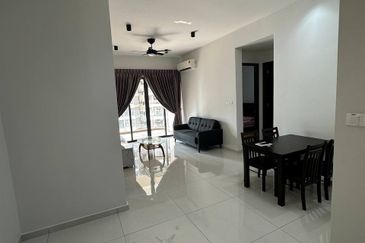
Baypoint @ Country Garden Danga Bay
Johor Bahru, Johor

Royal Strand @ Country Garden Danga Bay
Johor Bahru, Johor
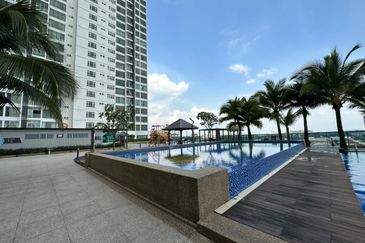
Havona Residence @ Taman Mount Austin
Johor Bahru, Johor

Subang Perdana Goodyear Court 10
Subang Jaya, Selangor

Subang Perdana Goodyear Court 10
Subang Jaya, Selangor

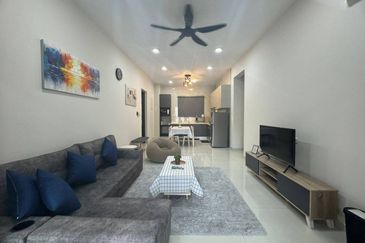
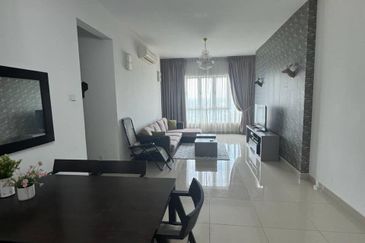

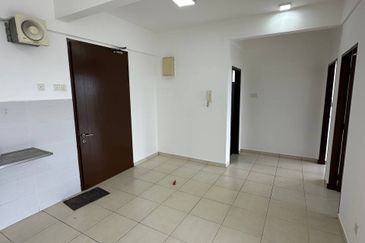
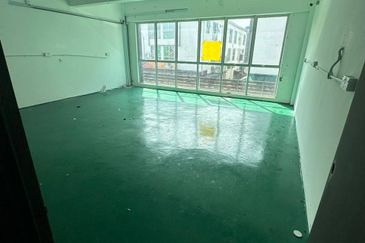



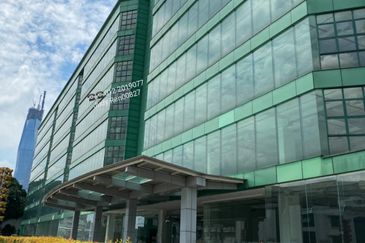
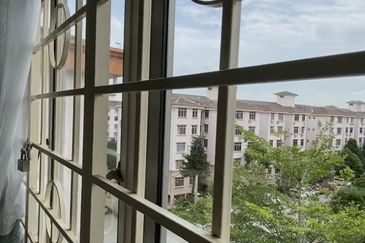


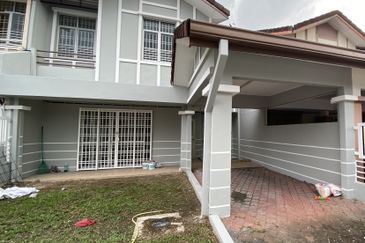

hero.jpg?GPem8xdIFjEDnmfAHjnS.4wbzvW8BrWw)



